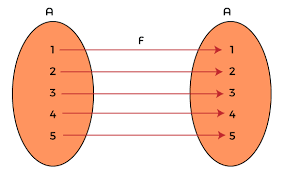Logical Equivalences

In logic, there are several fundamental rules that govern how truth values combine when evaluating logical expressions. These rules are known as truth table rules or logical equivalences. Here are some of the key truth table rules:
1. Identity Laws:
- P ∨ F ≡ P
- P ∧ T ≡ P
2. Domination Laws:
- P ∨ T ≡ T
- P ∧ F ≡ F
3. Negation Laws:
- P ∨ ¬P ≡ T
- P ∧ ¬P ≡ F
4. Idempotent Laws:
- P ∨ P ≡ P
- P ∧ P ≡ P
5. Double Negation Law:
- ¬(¬P) ≡ P
6. De Morgan's Laws:
- ¬(P ∨ Q) ≡ ¬P ∧ ¬Q
- ¬(P ∧ Q) ≡ ¬P ∨ ¬Q
7. Commutative Laws:
- P ∨ Q ≡ Q ∨ P
- P ∧ Q ≡ Q ∧ P
8. Associative Laws:
- (P ∨ Q) ∨ R ≡ P ∨ (Q ∨ R)
- (P ∧ Q) ∧ R ≡ P ∧ (Q ∧ R)
9. Distributive Laws:
- P ∨ (Q ∧ R) ≡ (P ∨ Q) ∧ (P ∨ R)
- P ∧ (Q ∨ R) ≡ (P ∧ Q) ∨ (P ∧ R)
10. Implication Rules:
- P ⇒ Q ≡ ¬P ∨ Q
- P ⇔ Q ≡ (P ⇒ Q) ∧ (Q ⇒ P)
These rules help determine the equivalences between different logical expressions and aid in simplifying complex logical statements. They are essential tools in logic reasoning and proof techniques.